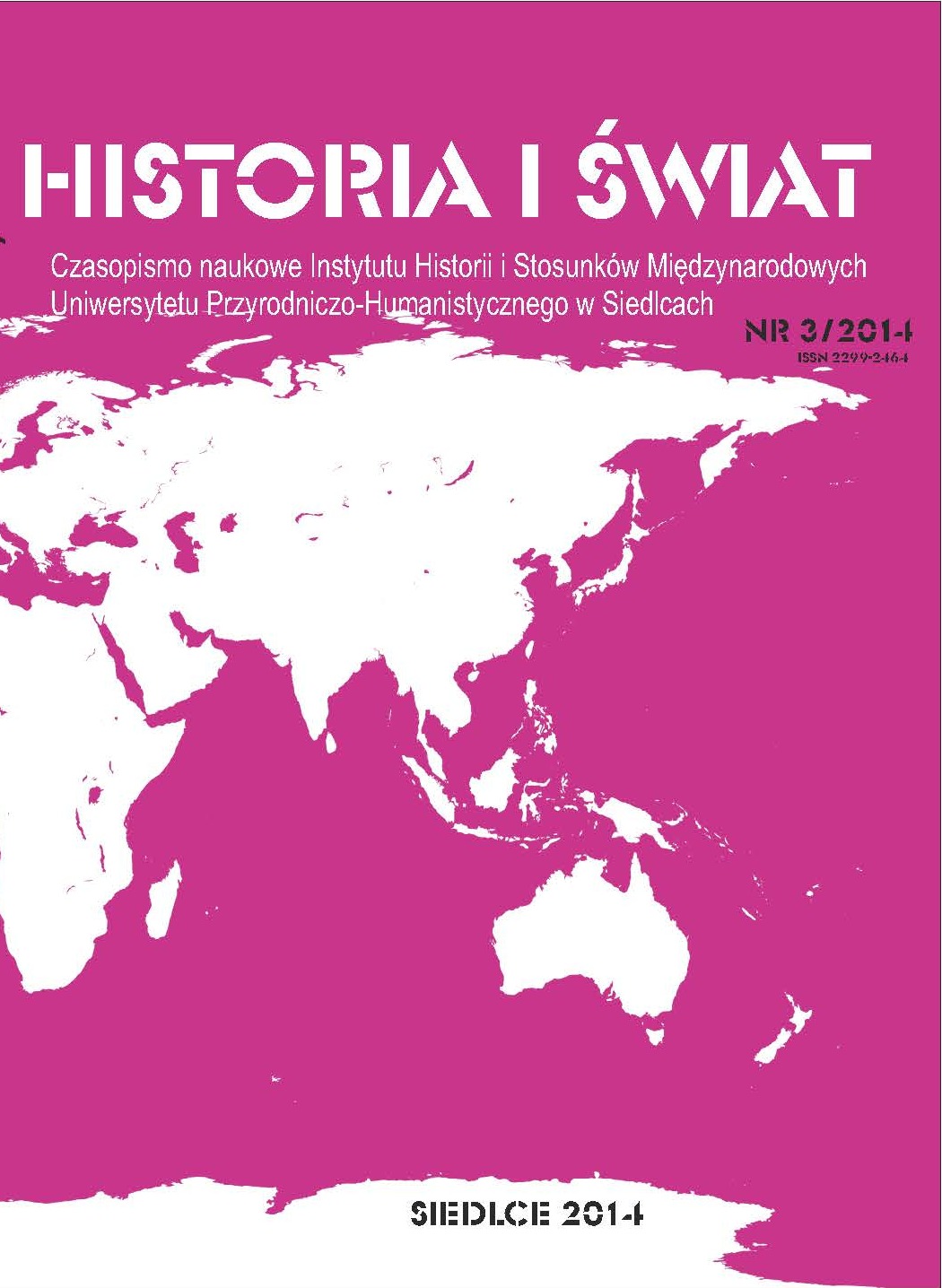Przedstawienie irańskich końskich pancerzy w azerbejdżańskim romansie Varqa i Gulshah z początku 13 wieku. O sasanidzkiej? genezie elementu końskiego oporządzenia w okresie seldżuckim
Depiction of Iranian horse barding in the early 13th century Azerbaijanian epic, Romance of Varqa and Gulshah. On Sasanian origin of horse protection in the Seljuk period
Author(s): Adam KubikSubject(s): Archaeology, Military history, 13th to 14th Centuries
Published by: Instytut Historii UwS
Summary/Abstract: The richly illustrated 13th century Seljuk manuscript Varqa and Gulshah from Azerbaijan provides a number of lavish miniatures, some depicting armored warriors riding horses covered with richly decorated caparisons. The illustrations show that the long caparisons were multi-layered, an indication that they were designed to offer some protection for the mounts. Despite the scholars’ opposing opinions, the author maintains that caparisons were well established in Islamic armies as attested by literary sources and iconography. Moreover, the existence of rich terminology concerning different types of horse armor clearly evidences the relative popularity of horse protection. Although the bardings had been known in various cultures for the millennia before the Seljuks, the direct inspiration for the appearance of caparisons at that time must be associated with the Sasanian tradition. Furthermore, the article discusses protective properties of caparisons in which protection was provided by padding consisting of a number of textile layers. For instance, metallic armor such as maille or leather armor such as lamellar were stitched into the padded or fabric barding. The former is attested in the Islamic world but can be traced back to earlier Iranian traditions. The evidence for the latter type comes from Firuzabad reliefs. However, scattered metal plates attached to caparisons in random patterns do not seem to have had any protective function; they were merely a part of decoration. Post-Sasanian origin of Seljuk protective caparisons should be found well evidenced and most probable.
Journal: Historia i Świat
- Issue Year: 2014
- Issue No: 3
- Page Range: 61-71
- Page Count: 19
- Language: Polish

